A guide to record keeping options
Record keeping is a fact of life. Every job from police officer to tax accountant requires a certain level of documentation for proper functioning, legal purposes, and record keeping. Wildlife rehabilitation is no exception; our records provide data on what treatments are needed for a specific animal, how that animal has fared over time, and the medical-legal outcome of each case. I remember as a teen being enlisted to enter each year’s worth of intake sheets into an Excel program. Tedious for sure, but quite amazing once all that data was entered and we suddenly saw that 70% of our waterfowl came from Oshkosh or that the number of squirrels with pox had greatly decreased in Menasha.
Fortunately today there are many documentation options, from web based solutions (WILD-ONe, Wildlife Rehabilitation MD), software options (RAVEN, RaptorMed), and state-run databases (Wisconsin), to Excel documents, and the traditional pen and paper. What to choose? Well, it depends entirely on what level of technology you are comfortable with and what your situation is. Here are some of the common options, their benefits, and contact information so you can research further. Note that most of the developed options are made in North America. However, several are either currently useable worldwide or are working to become useable worldwide. Be sure to check with the developer before dismissing an option as “not for my geographic area”!
Cloud (Web) Solutions
Cloud solutions, sometimes called software as a service (SAS), provide an off-site database for collection and analysis of rehabilitation data. This option has several benefits. For example, most cloud databases include back-up security; automatic back ups make the loss of your data less likely. In addition, other benefits include the ability to easily run analytics (e.g. how to determine what was the major cause of intake in raccoons this year), low cost or free to the user, ease of version updating, and the ability to add information about a specific animal after intake to track its care. The major downside is the need to have a reliable internet connection to use the product. These web-based solutions don’t work when your internet is down. A few cloud solution are listed below.
WILD-ONe – Free
Visit http://wildlifecenter.org/wild-one to learn more or sign up
Wildlife Rehabilitation MD – Free
Visit http://wrmd.org/ to learn more or sign up
State Database
State databases are a cloud-based service, similar to the web products described above. A major difference is that registration is limited to people in that state or region. The obvious benefit is that it’s created by the regulatory body, so there is no delay in it keeping up to date with regulation changes.
Software
Software solutions, like the web-based options, are out of the box (RAVEN) or developer customized (RaptorMed) programs for the collection and analysis of rehabilitation data. Benefits include not needing an internet connection, ability to easily run analytics, ability to track finances as well as animal care, and a more reliable and easier to reference system than the old pen and paper. Further, you are not recreating everything from scratch like in Excel! On the downside, software generally has a cost involved and updating to a new version may involve more work than cloud systems, although most developers offer highly discounted new versions to customers with an older edition.
RAVEN – $70
More information can be found by reading RAVEN_Product_Information_Sheet or emailing jharden@nmia.com. Product can be purchased in the IWRC store or direct from the developers.
RaptorMed – $2500 – $5000 (tailored to organization) More information is available on the website http://www.raptormed.com
Excel
Excel and other spreadsheet programs provide rehabilitators with an electronic way to track their data. The complexity and ease of use depends entirely on the ability of the operator; this can be used as anything from your primary method of keeping data on animals in care to an end of year project to look at macro level data and compile governmental report data. Excel is something most computer users already own and basic use is quite simple. However, advanced use can quickly become complex. Analytics need some understanding of chart and graph creation at a minimum, if not formal statistical training.
Pen and Paper
Ah, the old pen and paper; the classic method of tracking data. The upside? It’s amazingly portable (unless you are lucky enough to have an iPad you can carry around) and each file can stay with the animal while it’s in care, making excuses of not updating the charts nil. Further, it is a common technology, so volunteers will be comfortable with its use. Downsides include relatively more easily lost and destroyed documents, disorganization, lack of a central collection system to allow for easy analytics and search for past information. In my opinion the biggest downside of this method is that you cannot quickly and easily learn from the past (e.g. did that new antibiotic your vet prescribed increase your cat-attacked songbird survival rate?).
There are many options out there, and no one option is everything to all people. Evaluate your needs, and then choose a system based on how you plan to use it. That is the best way to ensure you have a good fit.
Have you had experiences with a system? Share with other rehabilitators by posting comments below.



Leave a Reply
You must be logged in to post a comment.